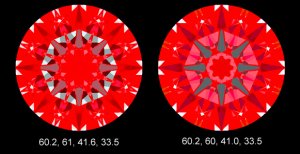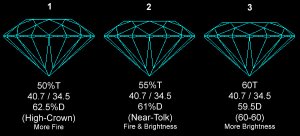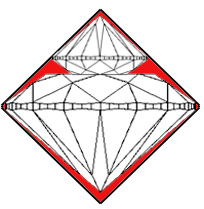DIAOPPORTUNITY
Rough_Rock
- Joined
- Sep 4, 2007
- Messages
- 9
hey guys, i am looking at a
2.20 Round
F
SI2
vg/vg
excellent cut grade
Table 61%
depth 60.2%
crown 33.5%
pav 41.6%
My jewler says it looks beautiful and it has an excellent cut grade from gia on the cert but the cut advisor reads kinda poor at a score of 5.3. What are your thoughts? Can this stone still perform excellent optically even though the cut advisor''s score is 5.3?
2.20 Round
F
SI2
vg/vg
excellent cut grade
Table 61%
depth 60.2%
crown 33.5%
pav 41.6%
My jewler says it looks beautiful and it has an excellent cut grade from gia on the cert but the cut advisor reads kinda poor at a score of 5.3. What are your thoughts? Can this stone still perform excellent optically even though the cut advisor''s score is 5.3?
















300x240.png)